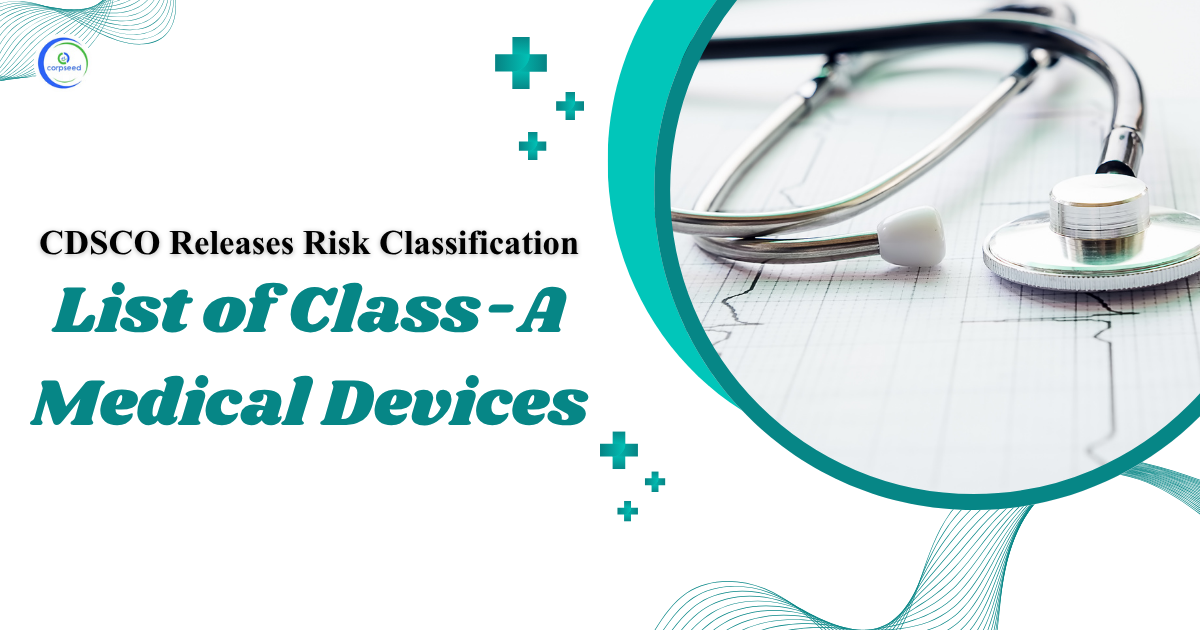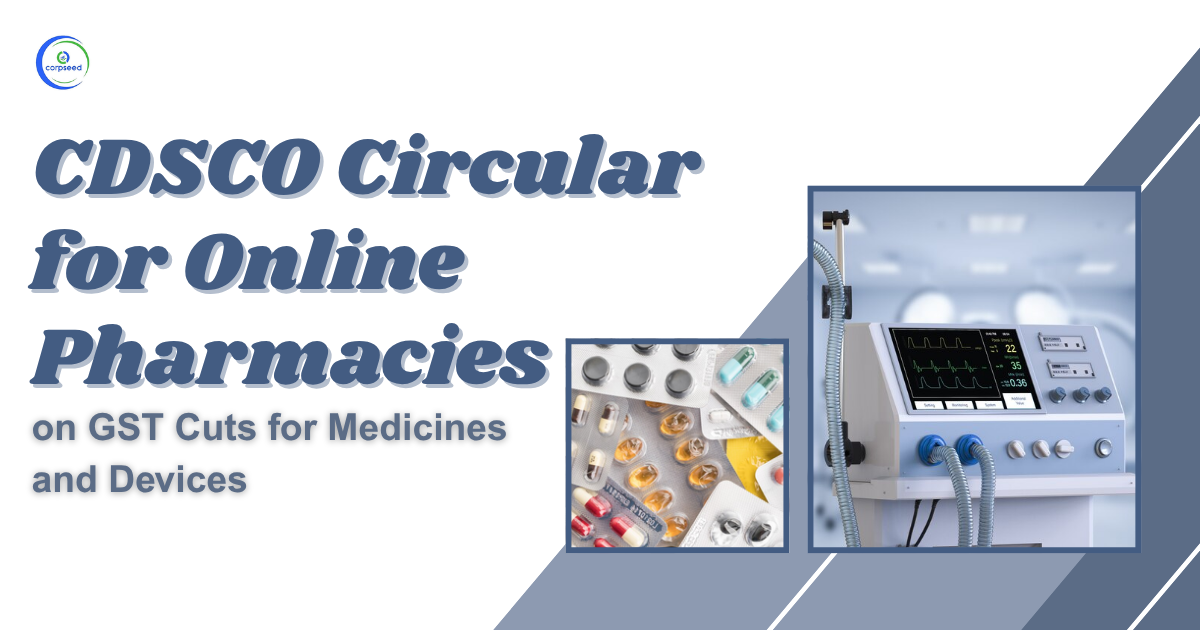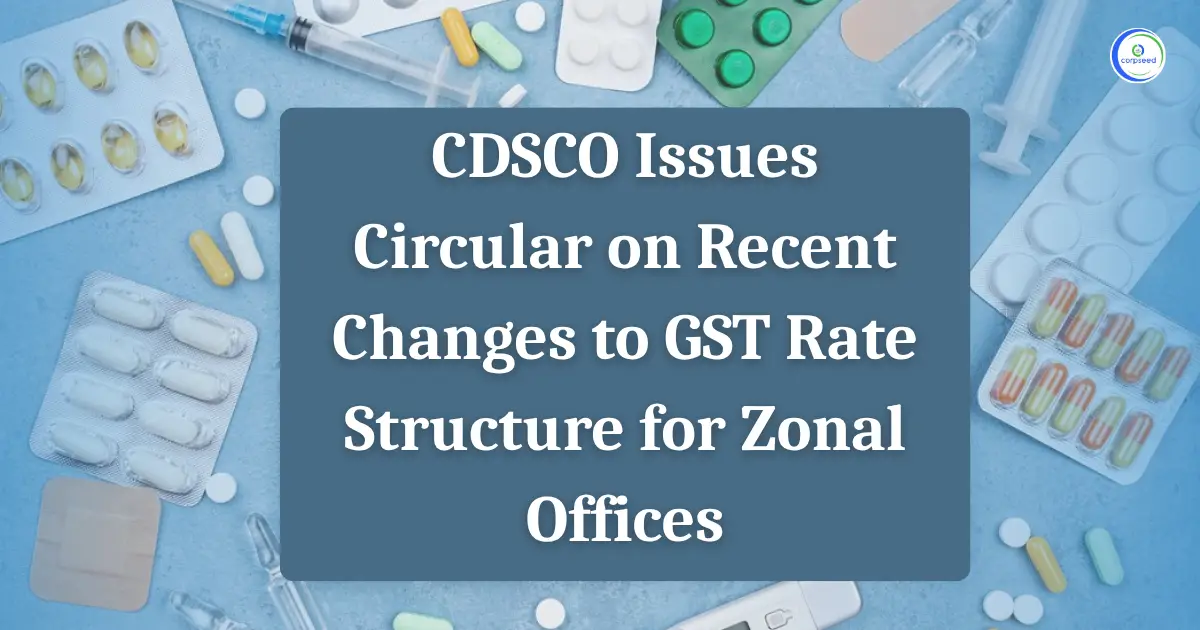The disposal of expired and unused drugs is an important issue that affects public health, animal health, and the environment. Improper disposal can contaminate water sources, lead to the emergence of drug-resistant bacteria, and harm wildlife. To address these concerns, the Central Drugs Standard Control Organization (CDSCO) under the Directorate General of Health Services has issued guidelines for safe and proper disposal of expired and unused drugs and medicines. This initiative aims to protect public health, animal health, and the environment, while also addressing the growing concern of Anti-Microbial Resistance (AMR). These guidelines outlines the best practices for disposing of expired or unused drugs in compliance with regulatory frameworks such as the Drugs and Cosmetics Act, biomedical waste management regulations, and international guidelines. Following these practices ensures a safe and healthy environment for all.
Table of Contents
- What is the Disposal of Expired/Unused Drugs?
- Objective of Disposal of Expired/Unused Medications
- Regulatory Guidelines and Legal Framework
- Methods of Disposal of Expired/Unused Medications
- Collection, Storage and Transportation of Expired/Unused Medications
- Procedure to be Followed by Stakeholders for the Disposal of Expired/Unused Drugs
- Disposal of Expired Medicine/Unused Medicine by the General Public
- Medicines Recommended for Disposal by Flushing by General Public
- Consequence of Improper Disposal or Non-Disposition
- Conclusion
--------------Blog Contact Form-------------
What is the Disposal of Expired/Unused Drugs?
Disposal of expired or unused medications bring up to the procedures for safely discarding medications that are no longer effective or necessary. Expired medications or drugs are those that have passed their expiry date, as indicated on the packaging, while unused medications include medications that were prescribed but never taken, or are no longer needed due to changes in treatment or recovery from illness. Proper disposal of these drugs is critical because they can cause unintended harm if ingested by someone other than the person for whom they are prescribed, or what if they contaminate water systems or ecosystems. Several categories of expired and unused drugs need to be managed with particular care, including:
- Recalled and substandard products
- Unsealed products
- Cold-chain damaged drugs (e.g., insulin, vaccines)
- Bulk or loose tablets and capsules
- Medications no longer required due to improved condition or change in treatment plan
Objective of Disposal of Expired/Unused Medications
The primary purpose of safely disposing of expired and unused drugs is to protect the environment, protect public health, and reduce the risks associated with antimicrobial resistance (AMR). Specific goals include:
- Legal Framework Compliance: Ensuring that pharmaceutical disposal meets regulatory standards set by relevant authorities, such as the Drugs and Cosmetics Act, and other biomedical waste management guidelines.
- Protecting Human and Animal Health: preventing the misuse or accidental ingestion of expired or unused drugs, which can lead to serious health issues.
- Environmental Protection: Preventing contamination of water supplies, soils, and ecosystems that may result from improper disposal.
- Reducing AMR: Reducing risks posed by improperly disposed antibiotics and other drugs that may contribute to the spread of drug-resistant organisms.
Regulatory Guidelines and Legal Framework
In India, the disposal of expired or unused drugs is governed by various regulations, including:
- Drugs and Cosmetics Act, 1940: This act administered and regulated by the Central Drugs Standard Control Organization (CDSCO) provides the legal framework for the manufacture, sale and distribution of drugs. Under this law, guidelines are set for drug storage, including proper disposal of expired drugs.
- Biomedical Waste Management Rules, 2016: These regulations specify how biomedical waste, including expired or unused drugs, should be handled, segregated, stored, transported and disposed of to minimize health and environmental risks.
- Schedule M of Drugs Rules, 1945: The rules as amended under Schedule M mandate proper waste disposal mechanisms in pharmaceutical manufacturing units, ensuring compliance with environmental and health safety standards.
Methods of Disposal of Expired/Unused Medications
There are several ways to safely dispose of expired or unused medications. Each method ensures that the drugs do not pose a threat to public health or the environment.
- Landfill Disposal: This is the most common method, where drugs are disposed of at specially designed landfill sites. These sites are equipped with protective measures to prevent groundwater contamination. However, this method should only be used for non-hazardous pharmaceutical waste and open dumps should be strictly avoided.
- Waste Encapsulation: Encapsulation involves sealing the drug waste in a drum and adding a binding agent (such as cement or lime) to solidify the mixture. This method is commonly used for hazardous waste, such as chemotherapy agents, and is subsequently disposed of in landfills.
- Waste Inertization: Inertization involves grinding pharmaceutical waste into smaller particles and mixing them with binding agents to form a solid paste. It is effective for low volumes and is used when waste needs to be solidified before disposal.
- Sewer Disposal: For liquid medications, such as syrups or intravenous fluids, sewer disposal is considered safe. The liquid is diluted with water and then discharged into the sewer system. However, volume must be monitored to prevent wastewater treatment overload.
- Burning in Open Containers: Burning drugs in open containers is unsafe and not recommended as it can release harmful pollutants into the air. Pharmaceuticals such as PVC plastics should never be burned in the open air due to the release of toxic fumes.
- Medium Temperature Incineration: This method uses two chamber incinerators to destroy solid drugs at a temperature of at least 850°C. This is a common way to dispose of pharmaceuticals, but requires specialized equipment and should not be mixed with municipal waste.
- High Temperature Incineration: The most efficient way to destroy pharmaceutical waste, high temperature incineration operates at temperatures ranging from 1450°C to 2000°C. It is used for dangerous drugs like chemotherapy agents and ensures the complete destruction of harmful substances.
- Chemical Decomposition: Chemical Decomposition uses chemicals to neutralize the active ingredients in drugs. This method is used for hazardous drugs and is labour intensive but effective when handled carefully.
| S. No. | Category Of Drug/Dosage Form/Packaging | Handling Method | Method Of Disposal | Remarks |
| 1 | Solids Semisolids Powders(Except Biological waste) |
|
|
|
| 2 | Liquids(Except Biological waste) |
|
|
|
| 3 | Ampoules |
|
|
|
| 4 | Aerosol canisters |
|
|
|
| 5 | PVC plastic, glass |
|
|
|
| 6 | Paper, cardboard |
|
||
| 7 | Anti-infective drugs |
|
|
|
| 8 | Anti-neoplastics |
|
|
|
| 9 | Controlled drugs |
|
|
|
| 10 | Disinfectants |
|
|
|
| 11 | Radioactive drugs |
|
|
Collection, Storage and Transportation of Expired/Unused Medications
Collection, storage and transportation of expired or unused drugs must follow strict regulations to prevent misuse and contamination.
- Collection: Medications should be stored in yellow non-chlorinated plastic bags or containers to prevent leakage. Controlled substances and cytotoxic drugs need to be stored separately and apart.
- Storage: Expired or unused medications should be stored in secure, designated locations. This is critical to prevent unauthorized access or diversion. Medications should be stored in containers that can prevent leakage and contamination.
- Transportation: Expired or unused drugs must be transported to disposal sites using specially marked vehicles in compliance with the Bio-Medical Waste (Management and Handling) Rules, 2016. These vehicles must also comply with the Motor Vehicles Act, 1988.
Procedure to be Followed by Stakeholders for the Disposal of Expired/Unused Drugs
The procedure of disposal at each level is as follows: -
- Retailer: Retailers must return expired or unused drugs to manufacturers or suppliers within 30 days. If return is not possible, retailers can dispose of drugs as per the Biomedical Waste Management Rules, 2016.
- Wholesaler/Distributor/Stockist: Wholesalers must accept expired drugs from retailers or other wholesalers and return them to the manufacturer. Must maintain proper documentation and dispose of medications following legal guidelines.
- Manufacturer: The manufacturer is responsible for ensuring proper disposal of expired medications. They must dispose of the drugs within six months of the expiration date, either on site or through an approved vendor.
- Government / Private Hospitals / Government Agencies: Hospitals should ensure safe disposal of expired drugs as per the Bio-medical Waste Management Rules, 2016. If drugs cannot be returned to the manufacturer, disposal should follow guidelines for handling hazardous medical waste.
- Samples drawn by Drugs Inspector: The Pharmaceutical Inspector should dispose of the expired drug samples as per prescribed guidelines. These samples should be handled with care to eliminate any risk of contamination or misuse.
Disposal of Expired Medicine/Unused Medicine by the General Public
Improper disposal of expired or unused drugs leads to environmental pollution, damaging soil and water sources. For example, unused antibiotics enter the environment, affecting both nature and human life. To combat this, state governments should work with local bodies to establish designated drug pickup programs for safe disposal. These programs, run by the state Department of Drug Control and local chemists, allow the public to drop off expired or unwanted medications. According to the Biomedical Waste Management Rules, 2016, disposal should be managed by licensed agencies. A special list of harmful chemicals that should be flushed down the sink or toilet is also provided to reduce the risk to people and pets.
Medicines Recommended for Disposal by Flushing by General Public
Some medications, especially those with high abuse potential, should be flushed down the toilet or sink to prevent misuse or accidental ingestion. These include:
- Fentanyl
- Fentanyl Citrate
- Morphine Sulfate
- Buprenorphine
- Buprenorphine Hydrochloride
- Methylphenidate
- Meperidine Hydrochloride
- Diazepam
- Hydromorphone Hydrochloride
- Methadone Hydrochloride
- Hydrocodone Bitartrate
- Tapentadol
- Oxymorphone Hydrochloride
- Oxycodone
- Oxycodone Hydrochloride
- Sodium Oxybate
- Tramadol
Consequence of Improper Disposal or Non-Disposition
Improper disposal or non-disposition of expired or unused medications can have serious consequences:
- Health Hazards: Unused drugs, especially antibiotics, can be misused or consumed unintended, causing harm to people.
- Environmental Contamination: Pharmaceutical waste can contaminate water systems and soil, affecting aquatic life and damaging ecosystems.
- Antimicrobial Resistance (AMR): Improper disposal of antibiotics and other drugs can contribute to the increased risk of AMR, making common infections resistant to treatment.
Conclusion
Proper disposal of expired and unused drugs is critical to public health and environmental safety. Proper disposal of medications helps prevent misuse, pollution, and the spread of drug-resistant bacteria. Legal guidelines, such as the Drugs and Cosmetics Act and the Biomedical Waste Management Regulations, lay down clear rules for disposing of drugs. Improper disposal, such as throwing drugs in the trash or flushing them without proper guidelines, can contaminate water, soil, and harm wildlife. Safer methods such as drug take-back programs, incineration, and landfill disposal ensure the safe management of drugs. Following these safe disposal practices reduces associated health and environmental risks. It is important for hospitals, pharmacies, and the general public to ensure that expired and unused medicines are disposed of in compliance with safety regulations to protect both human health and nature.
This portion of the site is for informational purposes only. The content is not legal advice. The statements and opinions are the expression of author, not corpseed, and have not been evaluated by corpseed for accuracy, completeness, or changes in the law.
BOOK A FREE CONSULTATION
Get help from an experienced legal adviser. Schedule your consultation at a time that works for you and it's absolutely FREE.









